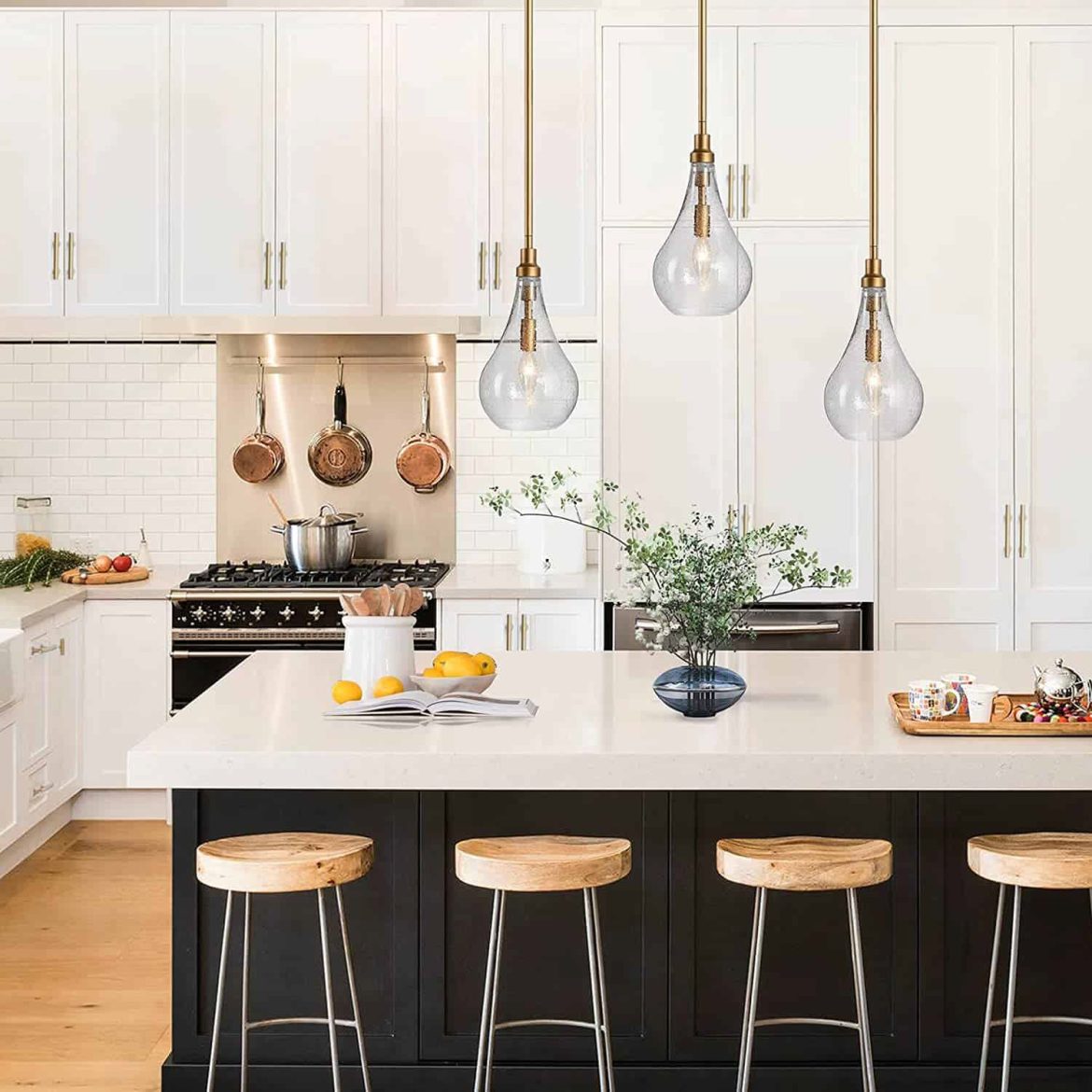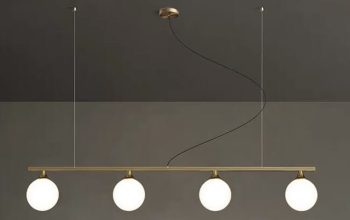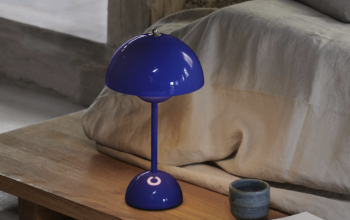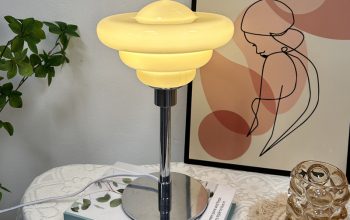Contemporary light design is a rapidly evolving field that is constantly pushing the boundaries of what is possible. From simple fixtures designed to light up a room, to complex installations that transform entire buildings, light has become an integral part of modern design. In this article, we will explore the history and evolution of contemporary light design, as well as some of the most innovative and exciting new developments in the field.
History of Light Design
The use of light as an artistic medium can be traced back to ancient civilizations such as Egypt and Greece, where candles, oil lamps, and natural light sources were used to illuminate sculptures, paintings, and other works of art. However, it wasn’t until the invention of the light bulb in the late 19th century that light became a practical tool for illuminating homes and buildings.
In the early 20th century, designers such as Louis Comfort Tiffany and Frank Lloyd Wright began to explore the artistic potential of light, creating stunning stained glass windows and other installations that combined light and color in unique and innovative ways.
As technology continued to advance, designers began to experiment with new materials and techniques, creating everything from neon signs to projection mapping installations that could transform entire buildings into canvases for light art.
Contemporary Light Design Today
Today, contemporary light design is a multi-disciplinary field that encompasses everything from product design to architecture and urban planning. Some of the most exciting developments in the field include:
Interactive Installations
One of the most exciting trends in contemporary light design is the use of interactive installations that engage viewers in new and innovative ways. For example, some installations use sensors or motion tracking technology to create immersive, interactive experiences that respond to the movements of people walking through a space.
Sustainability
As concerns about climate change and the environment continue to grow, designers are increasingly focused on creating sustainable lighting solutions that use energy-efficient technologies and eco-friendly materials. For example, some designers are experimenting with using algae-based bioluminescent materials to create natural, sustainable lighting sources.
Smart Lighting
Advances in technology have also led to the development of smart lighting systems that can be controlled remotely using a smartphone or other device. These systems allow users to adjust the brightness, color, and tone of their lighting based on their needs and preferences.
Contemporary light design is a constantly evolving field that is challenging our perceptions of what is possible with light. From interactive installations to sustainable lighting solutions, designers are pushing the boundaries of what can be achieved, creating stunning works of art and transforming the spaces we live and work in. As we continue to explore new materials, technologies, and techniques, the future of contemporary light design looks bright indeed.




